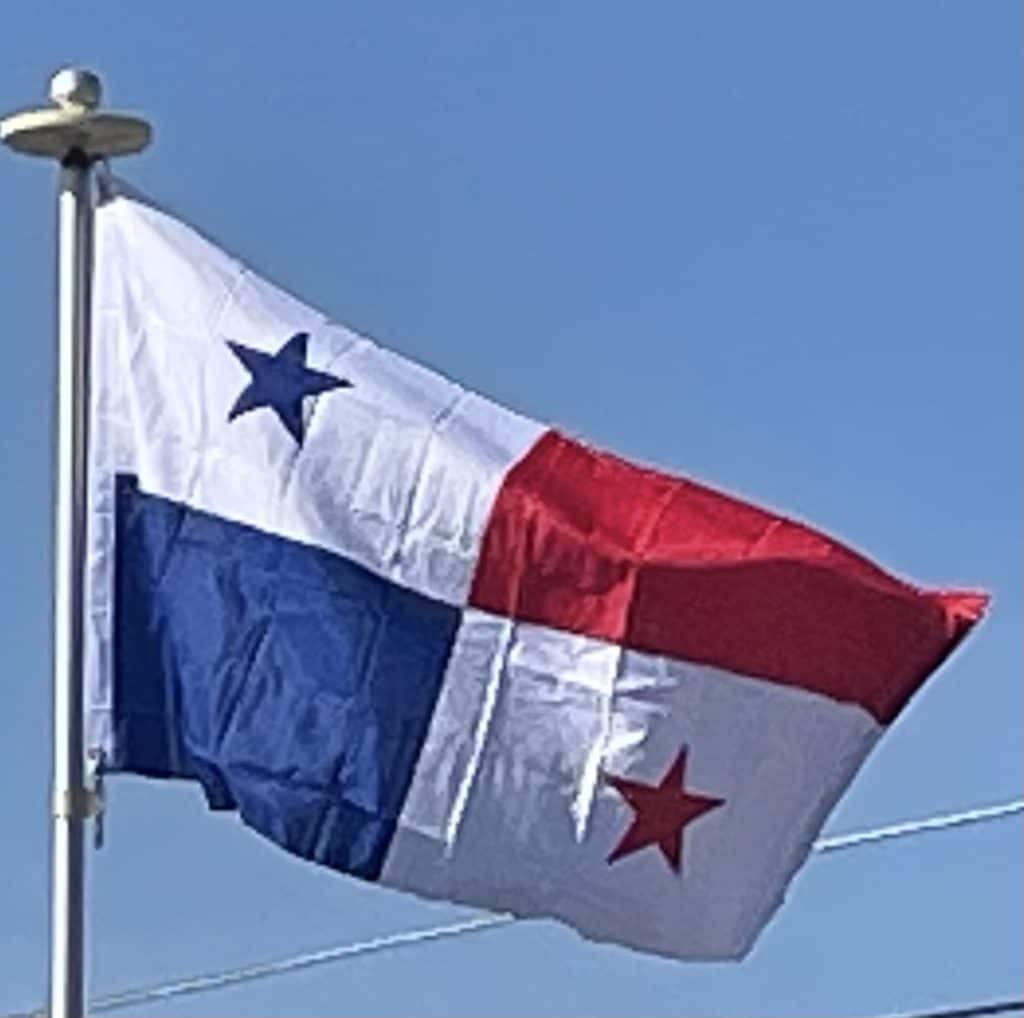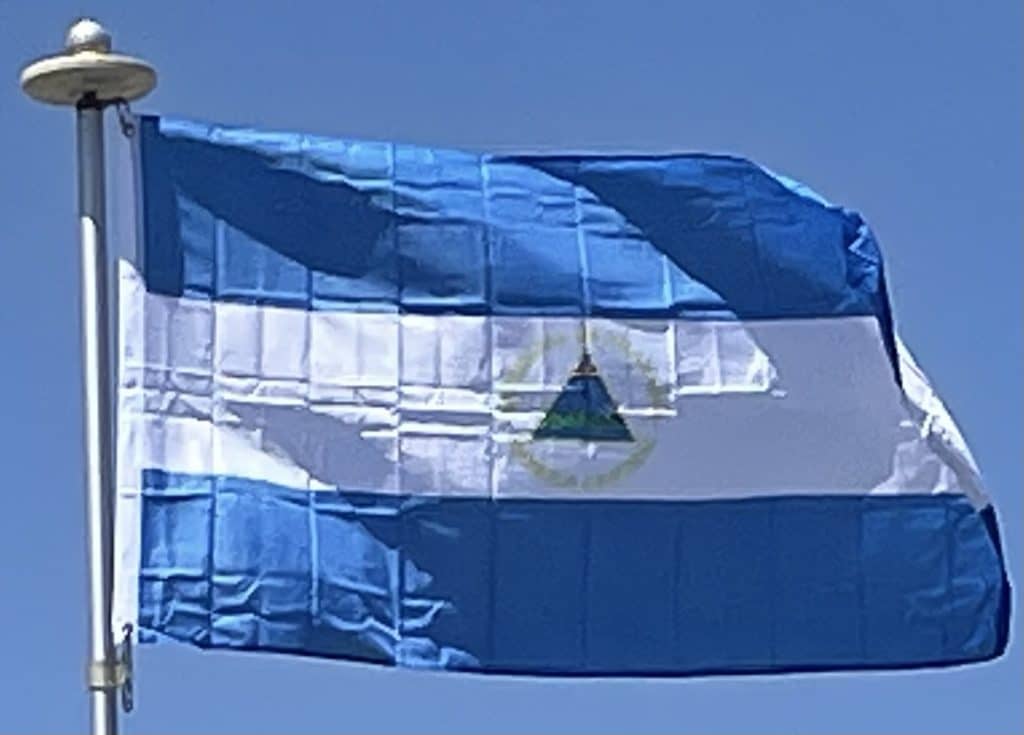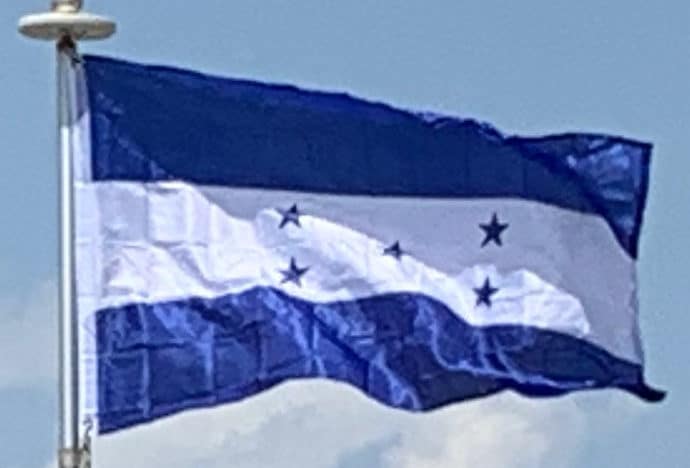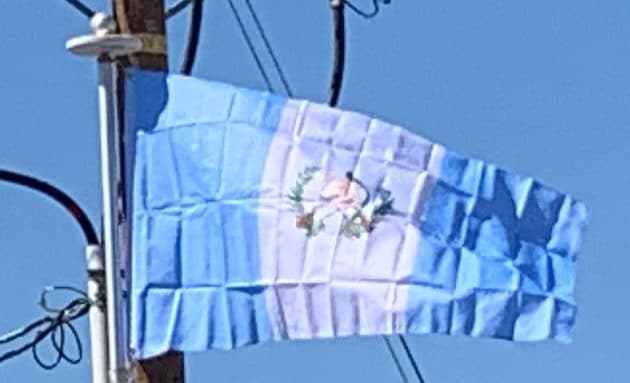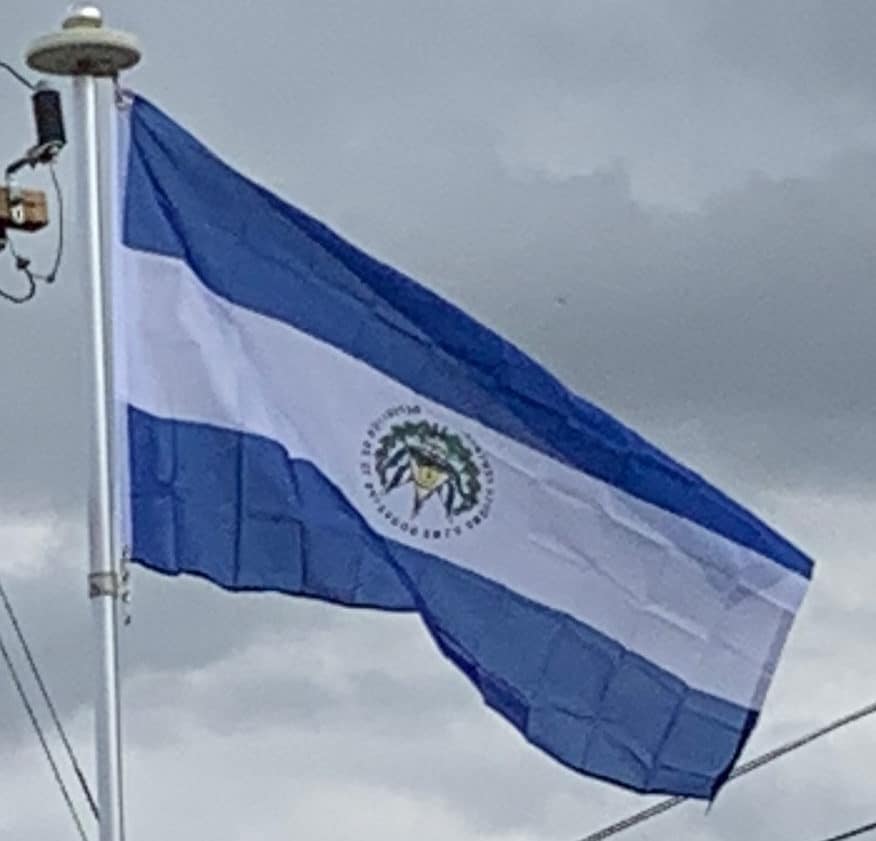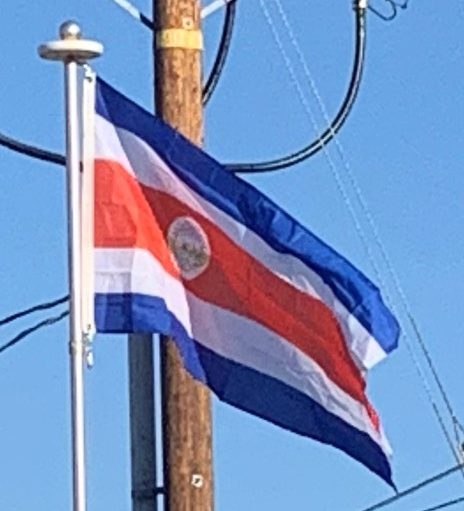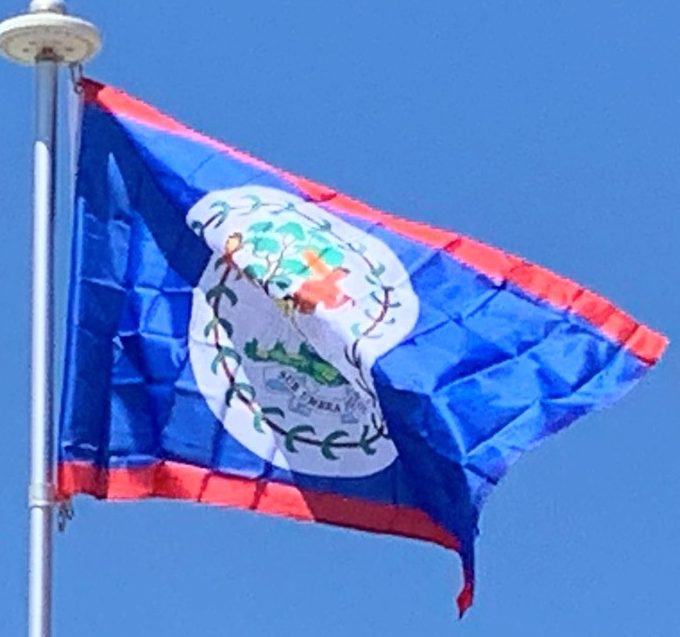Panama
The flag of Panama was made by María de la Ossa de Amador and was officially adopted by the “ley 48 de 1925”. The Panamanian flag day is celebrated on November 4, one day after Panamanian separation from Colombia, and is one of a series of holidays celebrated in November known as the Fiestas Patrias.
The first flag proposed in 1903 consisted of thirteen horizontal stripes of alternating red and yellow, with a blue canton containing two golden suns, joined by a narrow line to depict the oceans to be united by the Panama Canal. However, this was not accepted by the Panamanian leader, Manuel Amador Guerrero, whose family designed a new flag.
The stars and quarters are said to stand for the rival political parties, and the white is said to stand for the peace in which they operate. Blue was the color of the Conservatives and red was the color of the Liberals.
